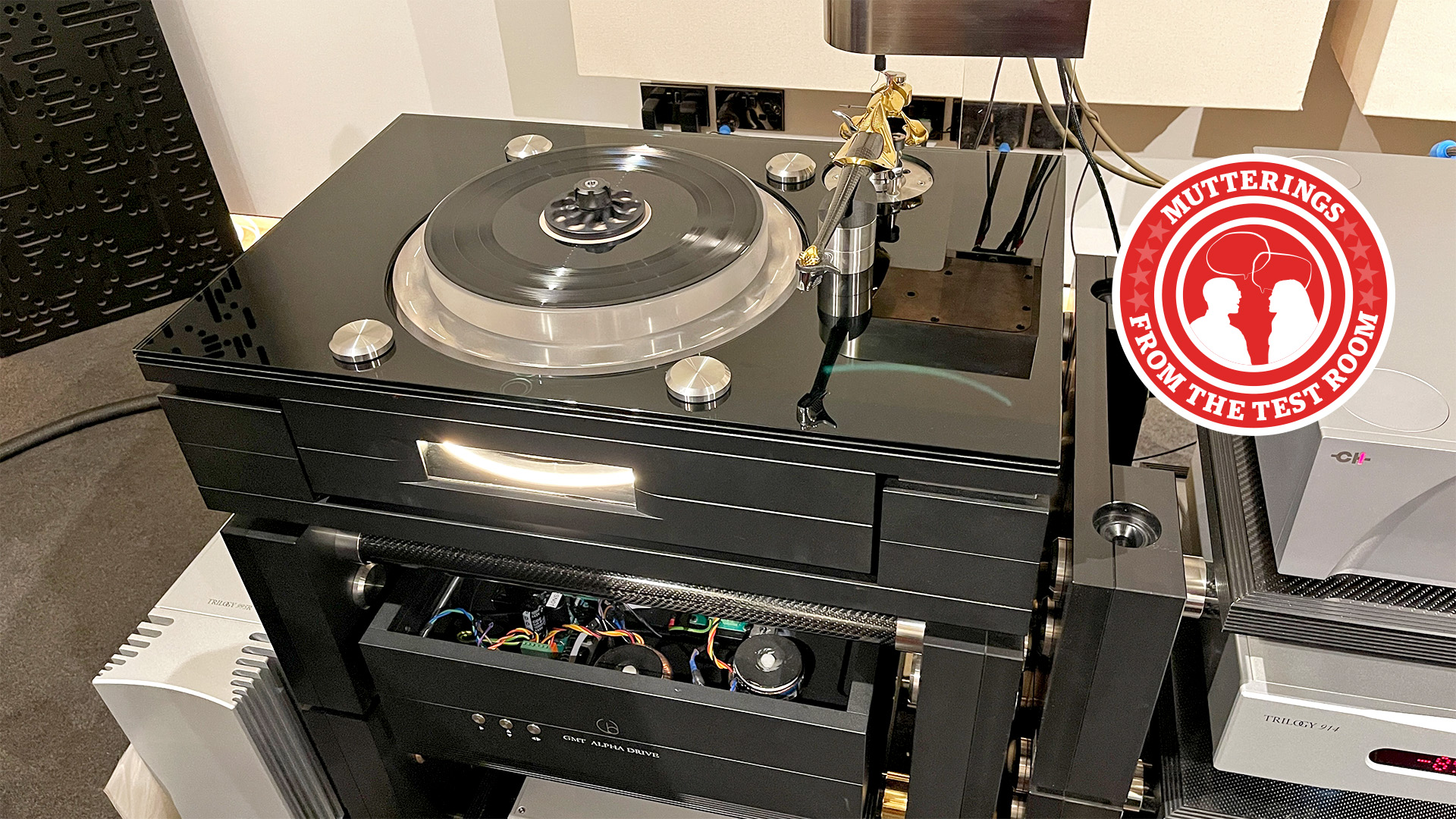
The past few months have been a real treat for me. Due to a serendipitous sequence of circumstances, much of my time has been spent in the company of some interesting and rather exotic record players.
The most modest was the new Rega Planar3/Nd3 combination (£799 / $1395 / AU$1699). Now, the Planar 3 deck is about as well known as specialist record players get, having been in production for almost 50 years. Over that time it has consistently remained one of our go-to recommendations at its price, and this latest package simply reinforces that. It remains as musically talented a turntable as we have heard at this level. That its price remains unchanged from the previous Planar 3/Elys 2 package is also laudable.
Next up the price ladder comes Linn’s ‘entry-level’ LP12 Majik partnered with the company’s Koil MC cartridge (£3935 / $5320 / AU$7395). This is a good starting point on the LP12 ladder and delivers a decent dose of the legendary deck’s magic. Our main comparison for the Linn was the Award-winning Vertere DG-1S/Magneto combination (£3950 / $4995 / AU$7000) but at the same time, we also had the mighty SME Model 20 Mk2/Series V arm/Ortofon Windfeld Ti MC (£30,349 / $35,619 / AU$58,000) package ready for review. As a team, we spent some entertaining days swapping between the Linn, Vertere and SME, as well as our reference Technics SL-1000R/Kiseki Purpleheart MC record player (£21,494 / $20,000), before forming our opinions on the review products.
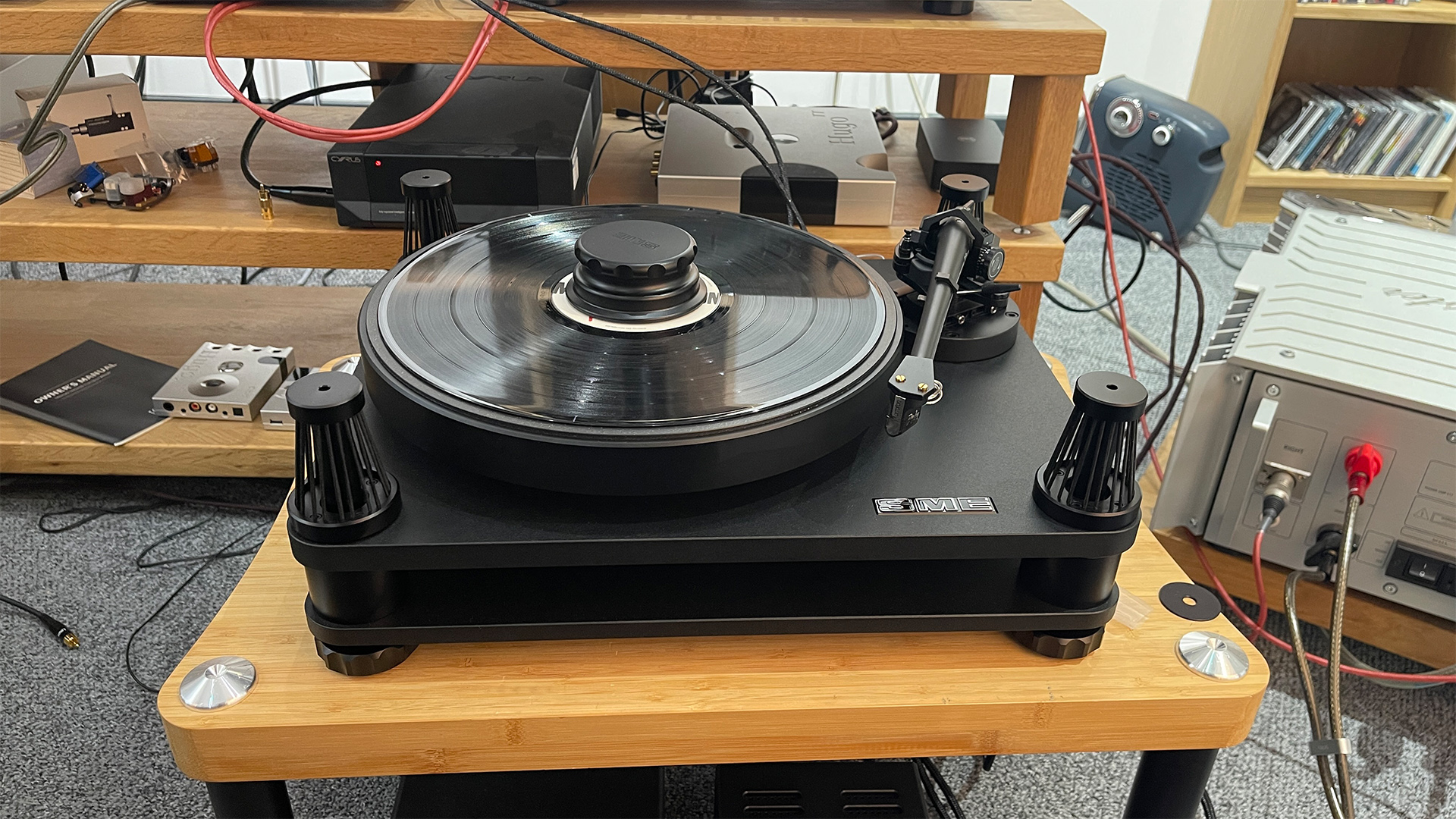
Good as all these record players are, the highlight has got to be the all-too-short time I spent listening to a system fronted by Wilson Benesch’s new Prime Meridian Turntable. This comes partnered with the company’s Graviton Ti Arm and Tessellate Ti-S cartridge. At the time of writing, this package weighs in at a frankly astonishing £203,000. And it isn’t even Wilson Benesch’s range-topper…
Add the prices of the two Regas, the Linn, Vertere, Technics and SME to the Wilson Benesch and it totals £264,326. I feel privileged to have spent time with this collection of record players, more for the musical enjoyment I got and the experience of their exceptional engineering than anything related to price. However, I couldn’t help but notice that, while they all do the same job, their routes to success are very different.
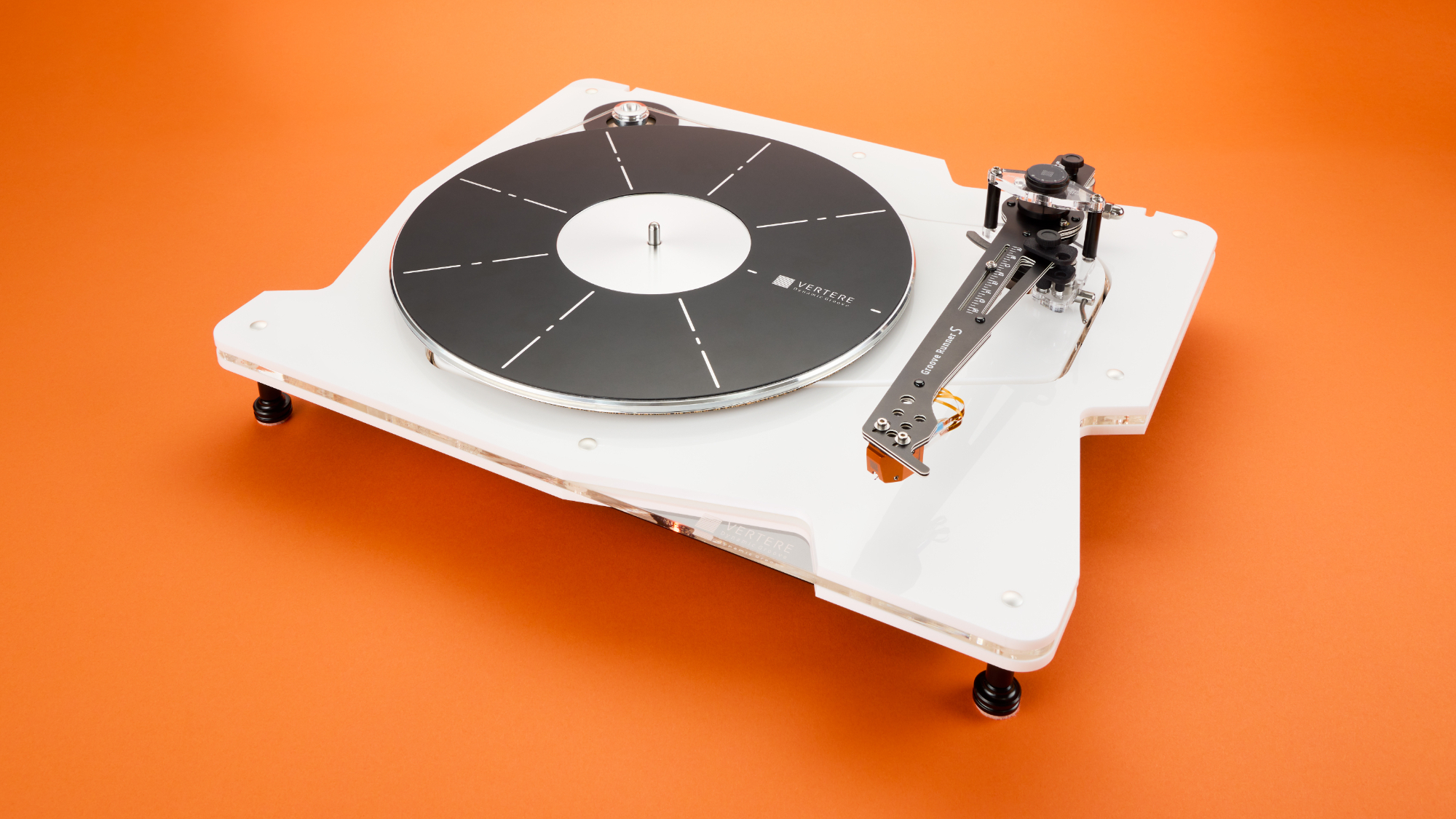
One of Rega’s core philosophies for its turntables has been combining low mass with high rigidity. The ultimate expression of this is the limited-edition Naiad model that features ‘an ultra-lightweight’ carbon-fibre plinth with a Rohacell foam core with ceramic braces between the main bearing and arm to further add to the rigidity. The more humble Planar 3 doesn’t go to such extremes, of course, but its lightweight acrylic laminated plinth and twin phenolic braces adhere to the same philosophy.
Any regular reader knows just how highly we rate Rega’s turntables and they have garnered a huge amount of five-star reviews and awards over the years. So the low mass/high rigidity approach appears to be the right one for record players to follow.
But life isn’t so straightforward. Such an approach certainly works for Rega; but then we listen to high-mass alternatives such as our reference Technics SL-1000R or the SME Model 20 Mk2 and find that they sound fabulous.
Similarly, while the Rega, Vertere, Linn and SME deliver excellent results using belt-based drivetrains, we get equally persuasive results using the direct drive (where the motor spindle is directly connected to the platter) found in the Technics and Wilson Benesch.
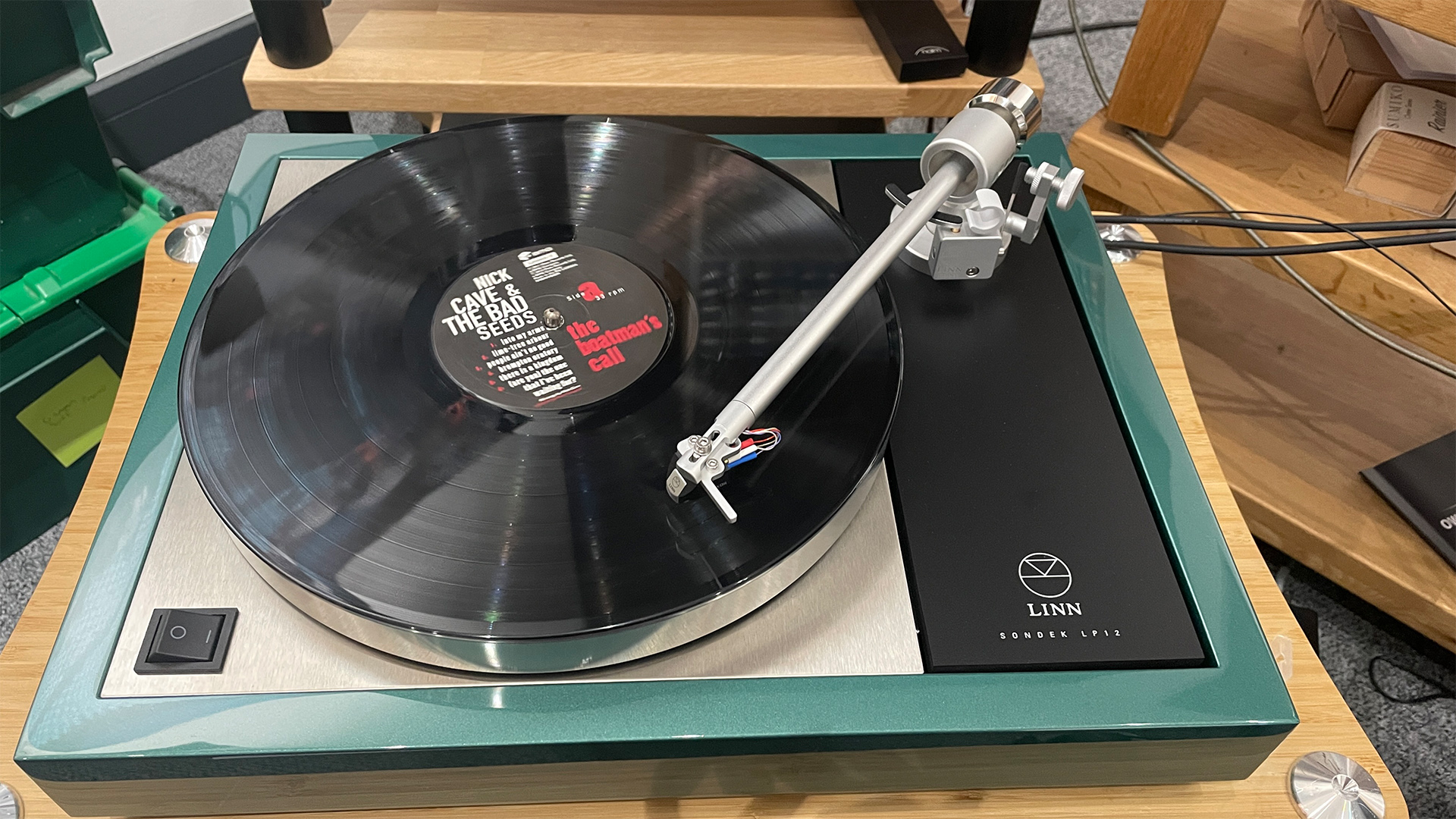
Are there specific traits that can be assigned to each type of drive? It is tempting to say that the direct-drive decks tend to sound more secure and exhibit more in the way of stability at low frequencies. Tempting, but then we try Vertere’s DG-1S with its clever flexible motor mount (that equalises belt tension) and hear much the same positive result.
Belt drives isolate the sensitive stylus/record interface from unwanted motor vibrations, and so should benefit all aspects of sound quality; but both the Technics and Wilson Benesch prove astonishingly capable, so there are obviously ways around the issues.
Elsewhere, the Linn and SME both have suspended sub-chassis to provide isolation from external vibrations. This does make them less sensitive to positioning and support quality than more ‘solid’ designs such as the Rega and Vertere, but regardless, all the decks (with the exception of the Wilson Benesch, which doesn’t lend itself to be used on third-party supports) sound better when placed in a rigid, low-resonance support positioned as far from the speakers as practical. Once again, no single engineering approach seems to yield the best overall result.
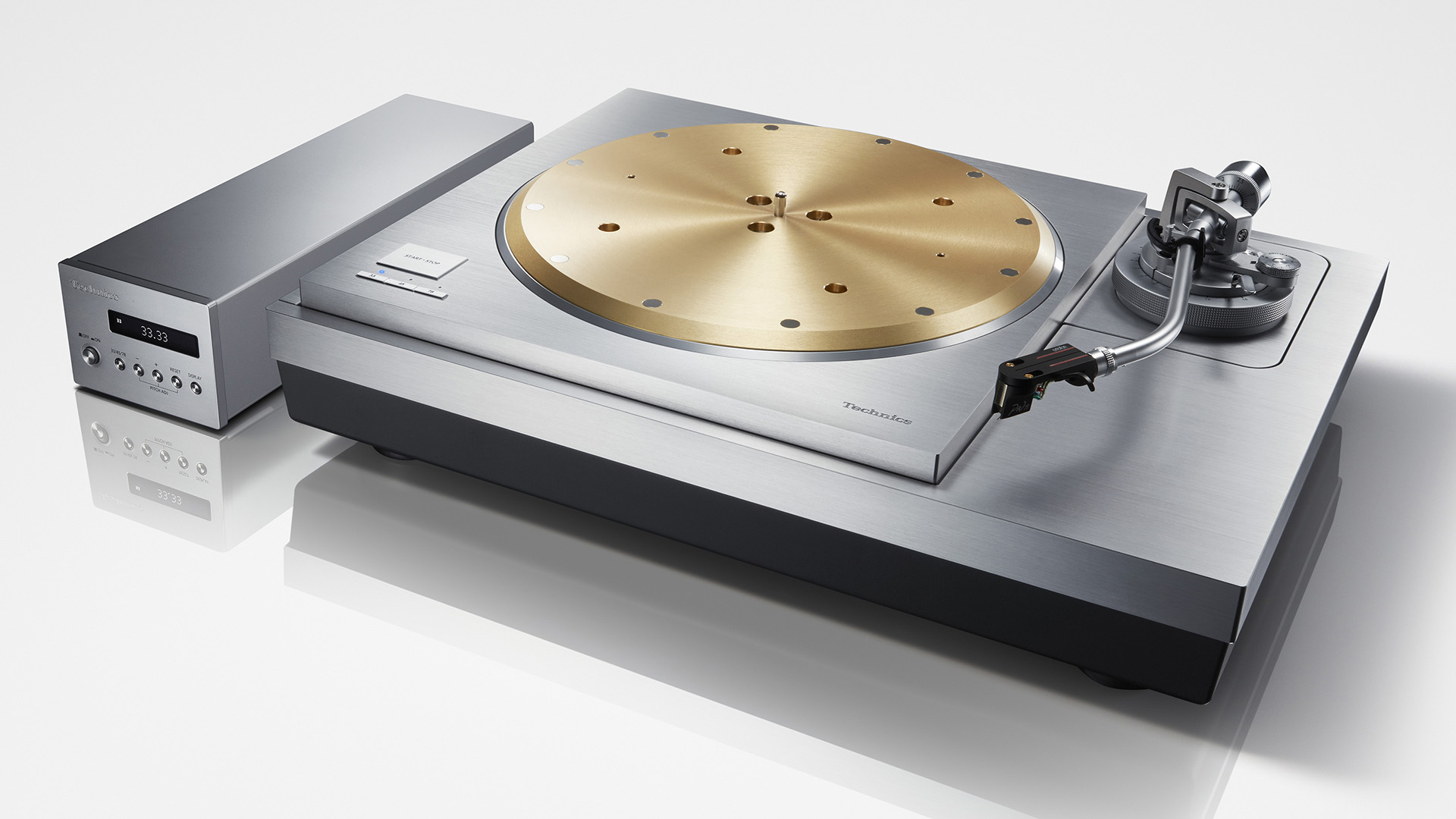
The other interesting thing I noticed was that you get what you pay for. This is as obvious in the quality of the build as it is in the sound. Each of the decks I tried is a fine performer at its price point, but as we step up in price from the Rega to the Linn and further, there are clear sonic and construction benefits in doing so. That continues even when we switch from something as expensive as the SME Model 20 Mk2 to the Wilson Benesch. The Law of Diminishing Returns does kick in to a degree, but once you hear genuine improvements it is hard to go back. All this (obviously) depends on the transparency of the partnering system and how important squeezing that final percentage point of sound quality is to you. It matters greatly to me.
The conclusion? As a consumer, don’t get caught up in the engineering philosophy behind the design of a record player. There are so many ways to skin this particular cat. What matters most is the skill of the designer in delivering optimum results for the ingredients and budget available.
MORE:
The 6 coolest high-end hi-fi products yet to come in 2024
Travel like a What Hi-Fi? editor with these 5 portable audiophile devices







